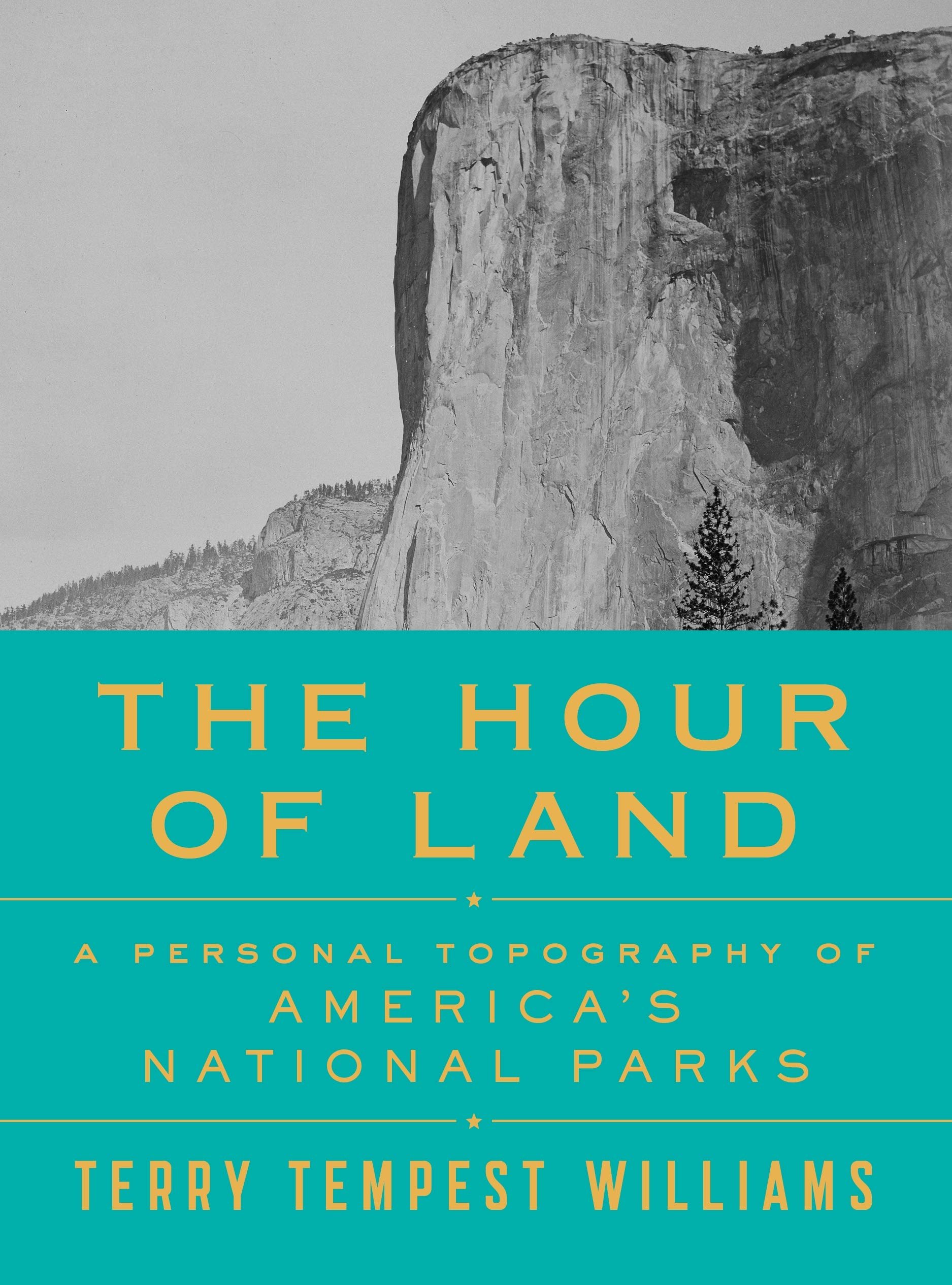The Hour of Land
Note: I wrote this in late July for the August edition of The Bookshelf, in anticipation of a road trip that is now underway.
Next week, Katie and I are heading to a family reunion in Estes Park, Colorado. During the trip—we opted to drive—we’ll go more or less through Petrified Forest National Park. In New Mexico, we’ll skirt the edges of a trio of national monuments near Albuquerque and a couple more around Santa Fe. Making our way north into Colorado, we’ll pass by two national forests. Later, during the reunion itself, we’ll do Rocky Mountain National Park, a visit being organized by a French Canadian cousin-in-law who lives nearby. Our return trip home, taking a different route, will take us near (or through) still more parks, monuments, and forests.
How different this road trip would be were it not for the National Park Service, which marked its centennial in 2016. How different my childhood would have been: summers spent visiting Yosemite and Yellowstone, Grand Teton and Grand Canyon, Olympic and Sequoia and the Badlands. If not in fact “America’s best idea,” the national parks have got to be right up there.
Thinking about this reminded me of a book I’d seen on the front table at our belovèd Changing Hands Bookstore during that centennial summer six years ago. If memory serves, I sent a copy of The Hour of Land: A Personal Topography of America's National Parks (Picador) by Terry Tempest Williams to my parks-loving dad as a Father’s Day gift. Now, anticipating the road trip, seemed as good a time as any to read it myself.
In the introductory chapter, noting the hundreds of millions of people who visit the national parks every year, Williams asks, “What are we searching for and what do we find?” This is a good question, the kind of question we don’t always bother to ask when setting out on vacation. She suggests that “perhaps it is not so much what we learn that matters in these moments of awe and wonder, but what we feel in relationship to a world beyond ourselves, even beyond our own species.”
Today, national parks, forests, and monuments—places set apart for their natural beauty—often coexist uneasily with nearby extractive industries and real estate development. Williams also brings our attention to a complicated political and historical connection: “Reservations were bring established at the same time as national parks.”
Revisiting Google Maps, I see that during our drive to the family reunion and back we’ll pass through the Salt River Pima–Maricopa Indian Community, the Fort McDowell Yavapai Nation Reservation, the Tonto Apache Reservation, Navajo Nation, Acoma Pueblo, Tesuque Pueblo, San Felipe Pueblo, and the Southern Ute Reservation. Maybe some others as well.
This, too, is the story of the land.
“By definition, our national parks in all their particularity and peculiarity show us as much about ourselves as the landscapes they honor and protect,” Williams writes. “They can be seen as holograms of an America born of shadow and light; dimensional; full of contradictions and complexities. Our dreams, our generosities, our cruelties and crimes are absorbed into these parks like water.”
In the pages to come, Williams’ “lyrical portraits” will transport me back to a number of parks and monuments I’ve already experienced—like Acadia and Gettysburg—and will introduce me to many I don’t yet know—like Big Bend and Gates of the Arctic.
I’ll take this book with me on our trip, and as I do, I’ll think about the questions and complexities Williams raises. Even as I marvel and give thanks.
